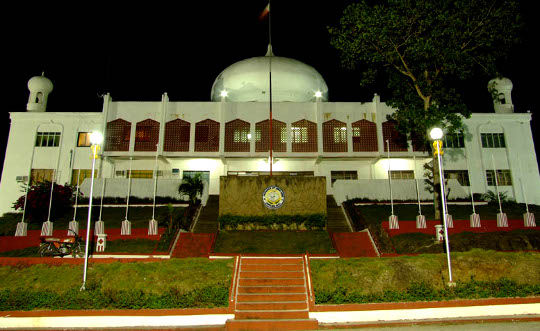The islands are mostly tadpole-shaped and elongated along the northeast-southwest direction, with the highest portion in the northeast. This orientation follows the submerged Cagayan “Mapun” ridge, which is also elongated along the northeast-southwest direction and runs parallel to Palawan Island and the Sulu archipelago. The ridge was submerged to its present level as water levels rose during the last 15,000 years.
Taganak, the largest island, has the highest point of land, which is approximately 148 meters above sea level. Langaan, the smallest island, is relatively flat and nested on an extensive coral reef platform. Except for Langaan, the terrain of the islands is generally undulating to rolling, particularly at the northern end. A unique feature is the presence of “mud volcanoes,” the most prominent of which is on Lihiman, where violent mud extrusions have formed a 20-meter crater on the hill at the northeast portion. Mud extrusions or volcanoes are also present on Bakkungan and Boan.
Five of the six islands have permanent residents, and on them the land cover in large areas is dominated by houses. Typical of other rural areas in the Philippines, human settlements are mixed with agriculture. The relative dominance of the settlements is mainly due to the limited land area and the resulting high population density level, which is more than four times the national average (see Socio-Economic Profile). Natural land cover types are classified as wooded, mangrove, brush/shrub, grass and bare. Most of the areas used for agriculture are planted with coconut.
The islands are experiencing the effects of active geomorphological processes, both short-term, seasonal and long-term movements. These processes have resulted in changes in shoreline configuration and a certain degree of erosion. The effects of sea level rise on the islands have not been adequately evaluated, though studies indicate they could range widely from minimal to catastrophic.


